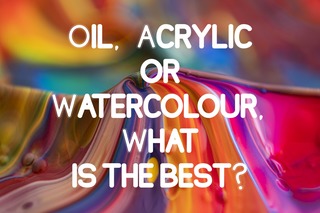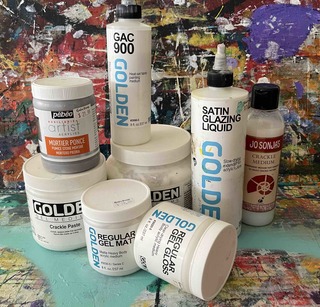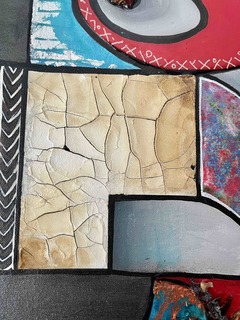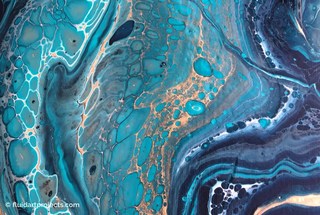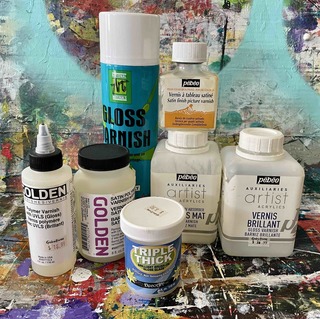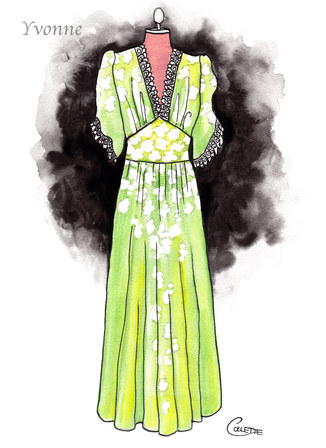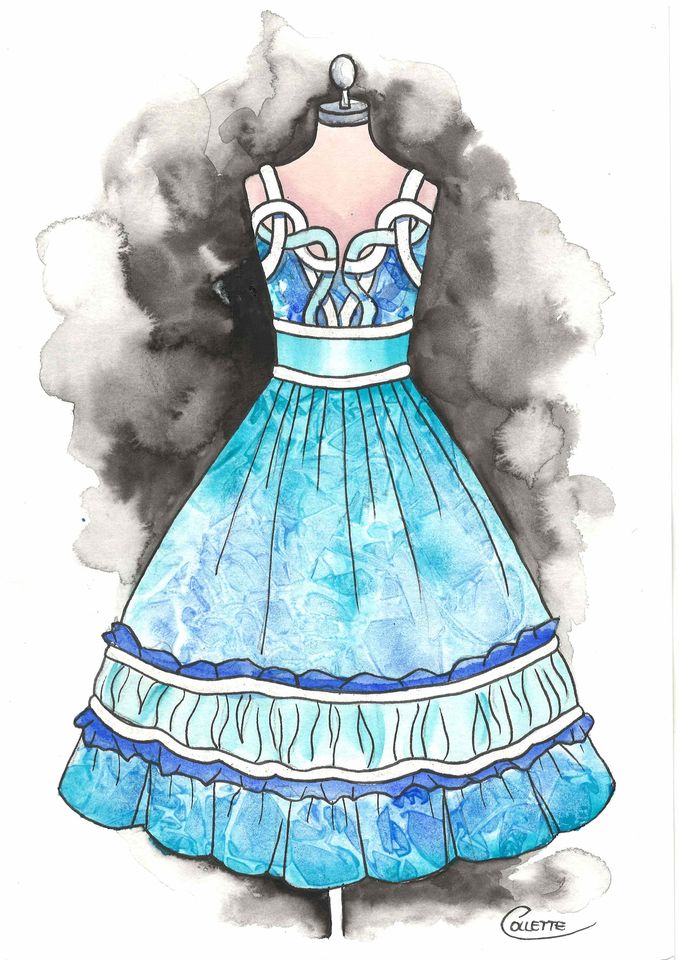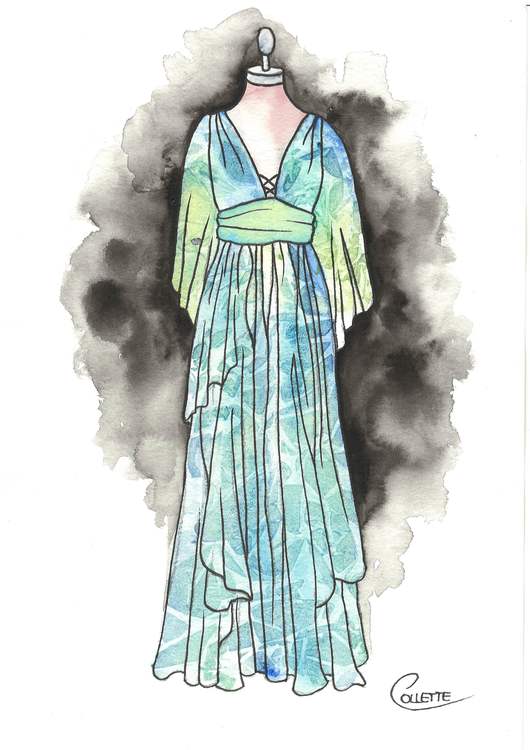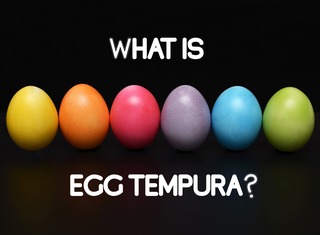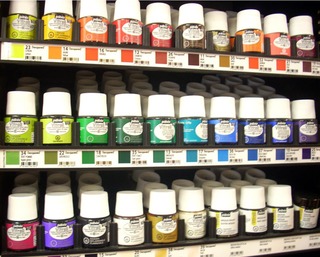Oil, Acrylic or Watercolour, What Is The Best Paint?
Knowing what type of paint to use can be confusing, right? You want to get it right as the cost to set up and the time you might waste experimenting with a medium that leaves you feeling cold can be frustrating. In fact, you might quit before you've even had a chance to start. This blog post is for you. I did the hard yards and tried them all.
I'll start with my Paint History Story
Painting has always been a huge part of my life. I have tried most paint mediums at some point. I also worked in an art supply shop where I had the opportunity to experiment with and learn more about paint of all kinds.
I didn’t have a lot of say over the first real paint I got my hands on. It was water-colour and given to me by a watercolour artist.This lady lived next door to my family when I was around 8 or 9 years old and I was fascinated by what she did with her paints. She liked that I was so interested and kindly gave me my very first set of paints. I was also lucky enough to have her teach me how to use them.
The first painting I sold was a water-colour at the age of 11. I really wanted to work with oils though as I admired the luminosity and texture the medium achieved. The working time as well was a factor as water-colour didn’t allow the same grace, drying almost as soon as it was applied and not allowing any room for error.
In my teens I started working with oils and although I enjoyed using them I started to get impatient with the drying time (Fickle right!)
Wintertime was the toughest time, especially when I was flatting and we didn’t have the luxury or comfort of warm heating I was used to at home. I was now selling my work regularly so I needed to get it finished a lot quicker. That’s when I switched to acrylics, which I still use to this day.
Of course I’ve dabbled with lots of other media including glass paint, porcelain paint, pastels both oil and chalk. Although I still sketch a lot with charcoal, the fact it doesn’t have huge selling potential means I use it mostly for practice and study works only.
How To Choose The Best Paint Medium For You
Consider the Cost:
Watercolour paints are often thought of as the cheapest to set yourself up with; all you need buy is a set of basic colours, a brush or two of different sizes, water-colour paper , and a board with brown gummed tape if you intend to stretch the paper.
This is done by immersing the paper fully in water, lying it flat on the board and taping down with the brown gummed tape so when it dries out it is flat. The reason being that when paint is applied on it, it won’t buckle or bubble up. You can purchase paper that’s already ready to use, just ask at your local art shop and they will advise you on the most suitable options. They're not cheap but you don’t want to be using cheap paper if you want the right effects with your watercolour art.
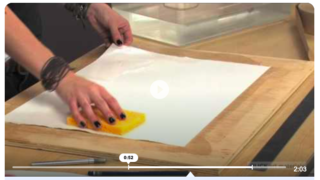 Youtube video on stretching paper
Youtube video on stretching paper
Some oil and acrylic paints can be super expensive especially if you are working with professional quality paints. There are also some pigments are rare and will cost quite a bit more.
Poisonous Substance Hazards:
I myself ended up with high levels of chemical poisoning. This was not entirely caused by the things I was using for my art like turpentine to clean out the brushes, but it did contribute to it. As I had been using oil paints, I switched to acrylics for this reason.
You also need to consider small children if you have them, as you would not want them to have access to the solvents used in oil painting for example.
There is also the risk of allergies flaring up when you use solvents although you can get low-odour versions as well as water-based oil paints (How these are not acrylics is beyond me…but who am I to argue that point!).
Poisonous pigments, such as cadmium red, can be resolved by substituting a non-toxic hue. Where pastels are concerned, if you want to use the chalk variety, you need to keep in mind that they can produce a lot of dust, which you can inhale. Try not to blow on your work to remove loose pastel if you think this is for you.
Professional vs Hobbyist:
If you intend on selling your artwork you need to think about the quality of the materials you will be using. If you are learning or simply painting for pleasure, student paints are fine. You do lose some aspects like colour depth, longevity and some student paints can be challenging to work with. Cheap paints will break down and fade faster so your buyer isn’t very likely to be happy if they have invested in your work and that happens.
Professional quality paints are more expensive but they are also often more concentrated and become better value for money in the long run.
What Type Of Paint Should I Choose For My Art?
Acrylic Paint
Once thought to be the poor man’s oil, it is now considered a top medium to use and is just as expensive to buy if you use quality brands. The most attractive thing about acrylics is that they usually dry very fast as well as being able to be manipulated if a longer drying time is required by adding a retarder medium that slows the process down;
Click on image to read my post about Artists Mediums
Acrylic paint is so versatile, it can be mixed with water or acrylic mediums and gels. When diluting with water, do not add too much as it will affect the permanent qualities of the pigment and make the paint unstable. Pretty much you will be turning it into a watercolour paint so if you require thinner paint or glazes use a medium like Golden's Glazing Liquid pictured above to the right (it’s my go to thinner)
When the paint is dry (Usually only 20 minutes to half an hour on average.) you can over-paint the areas you have worked on without disturbing the underlying layers. You will need to remember that acrylic colours dry a shade darker than when they were applied wet.
Acrylic paint can be used thickly as an impasto style, you know the lumpy bumpy brush stroke or palette knife textured finish, like with oils. The addition of an impressive array of pastes and gels allows different effects to occur with this.
You can also try the opposite extreme by working in thin washes, like using watercolour paint or when glazing in oils. It's water-resistant, so it's suitable for murals, although an outdoor acrylic should be used over a professional artist's paint.
Adding Mixed Media
When adding mixed media (other mediums like paper, plastic, stones, jewellery etc) acrylic paint works better than glue for sticking things to your work, so it’s really handy for collages.
Cleaning up is easy as you can clean your brushes with water. Keep in mind that acrylic paint once dried becomes completely waterproof, so it cannot be removed by rewetting the paint. It is also difficult to remove from a brush if it's dried in it although I have had success with an artist’s soap when dealing with this situation.
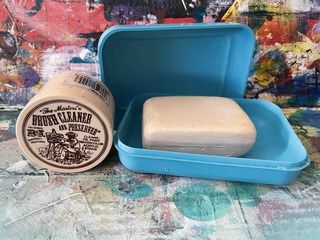
When I'm painting, I like to use the Golden professional brand as the quality and lumionsity makes them seem almost like oils on a finished artwork. They come in several types of thickness -
- Golden Fluid Acrylics which are runny and good for large areas
- Golden Heavy Body Artist Acrylics for impasto or heavy layers of paint
- Golden High Flow which is more an acrylic ink but is great for dripping effects
- Golden Interference and Iridescent Acrylics a metallic look and colour shift range
- Golden SoFlat Matt has a velvety smooth finish, and looks like gouache but is durable
- Golden Open Acrylics which have a longer drying time
The 'Open' range extends the working time when you're using them. A handy in-between type paint if you are moving from oils to acrylics and also for things where you want to blend a bit longer. I have some for when I like painting things like the sky, where I want to blend and blend and normal acrylics set too quickly.
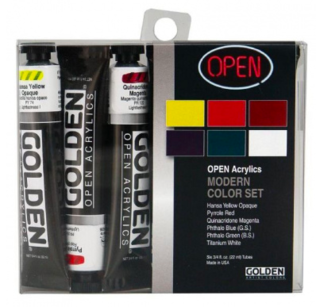
Paint Pour Art Using Acrylic Paint
The fluid acrylic range is suitable for pouring. This style of painting creates swirls and blobs and some interesting finishes. It does require a pouring medium and a few drops of silicone to work properly. You also need a rigid board as supports like canvas will bow in the middle and affect the pooling of the paint in a way you won't be wanting.
Using a heat gun will bring out the interesting bubble effect that is a feature of this style as it reacts with the silicone.
Click on image for more information
Oil Paints
The main advantage of oils is that they dry slowly. They allow you plenty of time to work as well as being perfect for blending. If you’re not in a hurry and are happy to work on more than one piece at a time, they would be a suitable medium for you.
Once dried, oils can be over-painted without disturbing the underlying layers. It does pay to make sure you are using the same mix of medium i.e. if you use turpentine and linseed oil that you don’t thin the top coats too much as they will split and crack when the heavier undercoat dries, this can take as long as 6 months to a year for them to cure fully.
Oils are renowned for their rich, deep colours which maintain their intensity when dry. They can be used thickly as an impasto style or in thin, smooth glazes. A downside to oils is that you need to mix them with solvents and oils, so you will need to work in a well-ventilated area. And you often have to wait several months to a year to ensure a painting is dry before you can varnish it. A way around this if you wish to sell an unvarnished piece is to offer a coupon for the artwork to be varnished by you on such and such a date.
The reason you use varnish however, is that it’s a protective coat but it also evens out the matte and shiny surfaces. Think about it, do you really want an unfinished piece that may not be at its finest out there?
Click on image for more information
Cleaning up has its hazards. Your brushes need to be cleaned with white spirits or similar solvent; again ventilation is critical for this. You can however get water-based oils which are produced by several paint manufacturers. Find out what's best for you at your local art supply store.
Water-Colours
Water-colours are mixed with water and clean-up is easy in that you also use water for that too!
Don’t wash leftover paint down the drain (like I did at first!) you use paint squeezed from a tube and it's dried up. Adding water and reactivating it makes it reusable. Also on artworks if the paint is dry it can be lifted off by rewetting it and using a clean brush or tissue carefully lift the water back off the paper.
Watercolour is also available in dry block form, which can be handy for travelling. Either tube or block is fine, but again quality of the range will mean more vibrant colours and concentrated pigment.
One of the problems with water-colour is that it’s difficult to hide or fix mistakes due to it being transparent. Where the finished colour is concerned water-colour is the opposite of acrylic in that it dries lighter than when it is applied. The other side of the coin is that it has a mind of its own. As a result, you can obtain some amazing effects that you never imagined, so play with the paint and experiment.
Here are a few images of my Dress paintings where I have used things like salt and medical gauze to get interesting effects.
Since water-colour technically doesn't have white, you need to use the paper for that, either by remembering to leave areas white or by applying masking fluid. It takes a bit of practice but once you have the knack it’s a pleasant medium to use. Your finished piece is ready to frame within half an hour of completing it.
Egg Tempura
Egg tempera is a type of paint made by adding pigments to a mixture of egg yolk and water. It is said to be one of the oldest, most versatile, and most durable methods of painting. And it dates back to prehistoric times. Click on the image above to read more about this type of paint.
Click on image for more information
Pastels
The awesome thing about pastels is that there's no waiting for pastels to dry. Both the oil-based and chalk varieties are easy to use. Colours are mixed and blended on the paper, so no need for palettes or mixing plates. These are available in a wide range of colours and easily blend to produce more. Pastels are easy to use outside of the studio, so they're excellent for plein-air work.
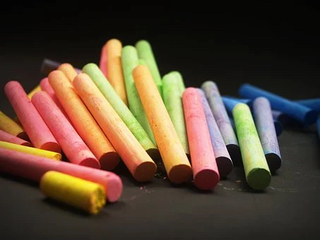
Oil-based pastels can be thinned and blended with turpentine creating a completely different effect. Try scrapping it off to reveal other colours underneath as well, a technique known as sgraffito if you want to look it up.
Different brands of pastel can vary in softness, so if you are mixing them, make sure you check that they will work well together. Soft pastels are susceptible to smudging and the pastel coming off the artwork.
When it comes to framing a pastel, a quality framer will ensure you have a gap between the matt and picture for any loose particles to fall between. You can alternately use a spray-on fixative to stop this happening but it will change the colours slightly and some artists say they don’t like the caked feeling it gives the finished work.
Plus, best of all there are no brushes to clean up.
Glass Paints
Lastly check out my post on using Glass Paints by clicking on the image below. Although technically a different type of paint it needed its own post to explain how to use it -
Click on image for more information
When it comes to choosing your paint medium, what you choose is entirely up to you, and you can always move onto other mediums later on. I did, and I’m glad I have experimented with the others so I know the pros and cons and that I’m getting the best out of what I use now for the type of work I do.
